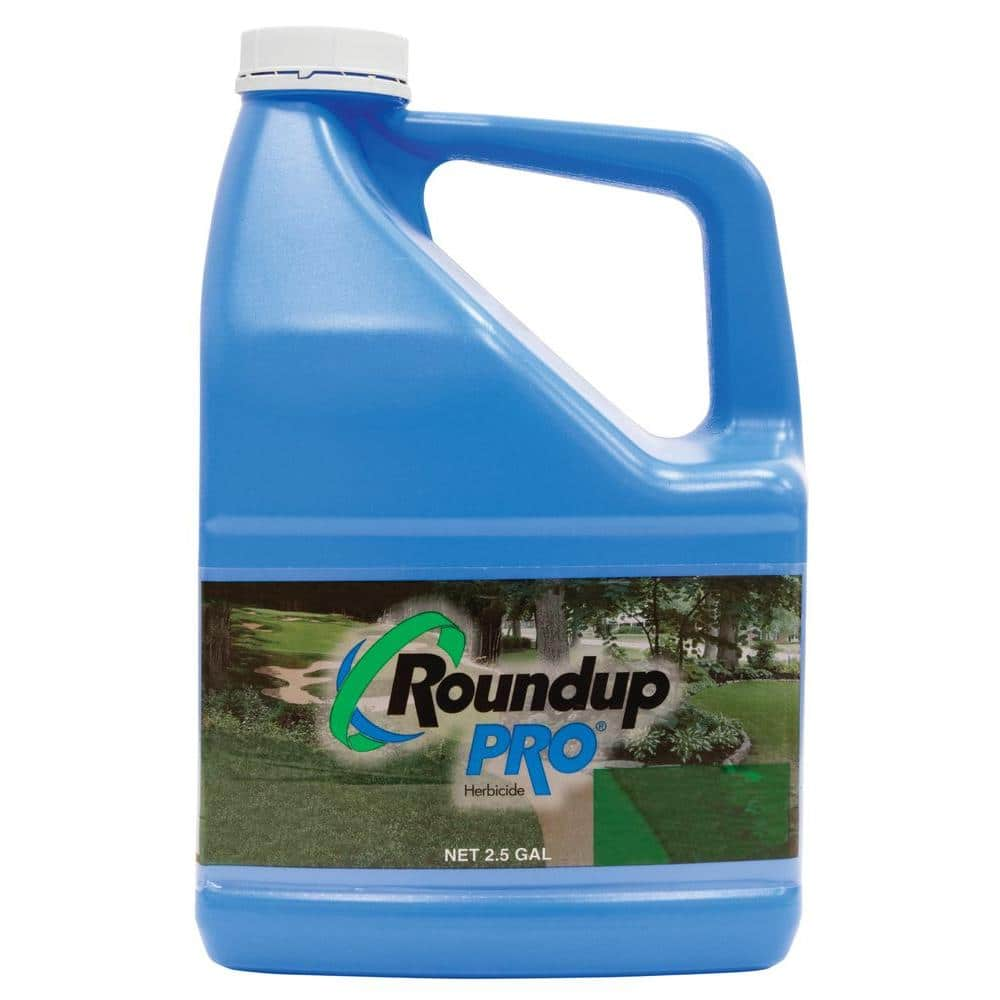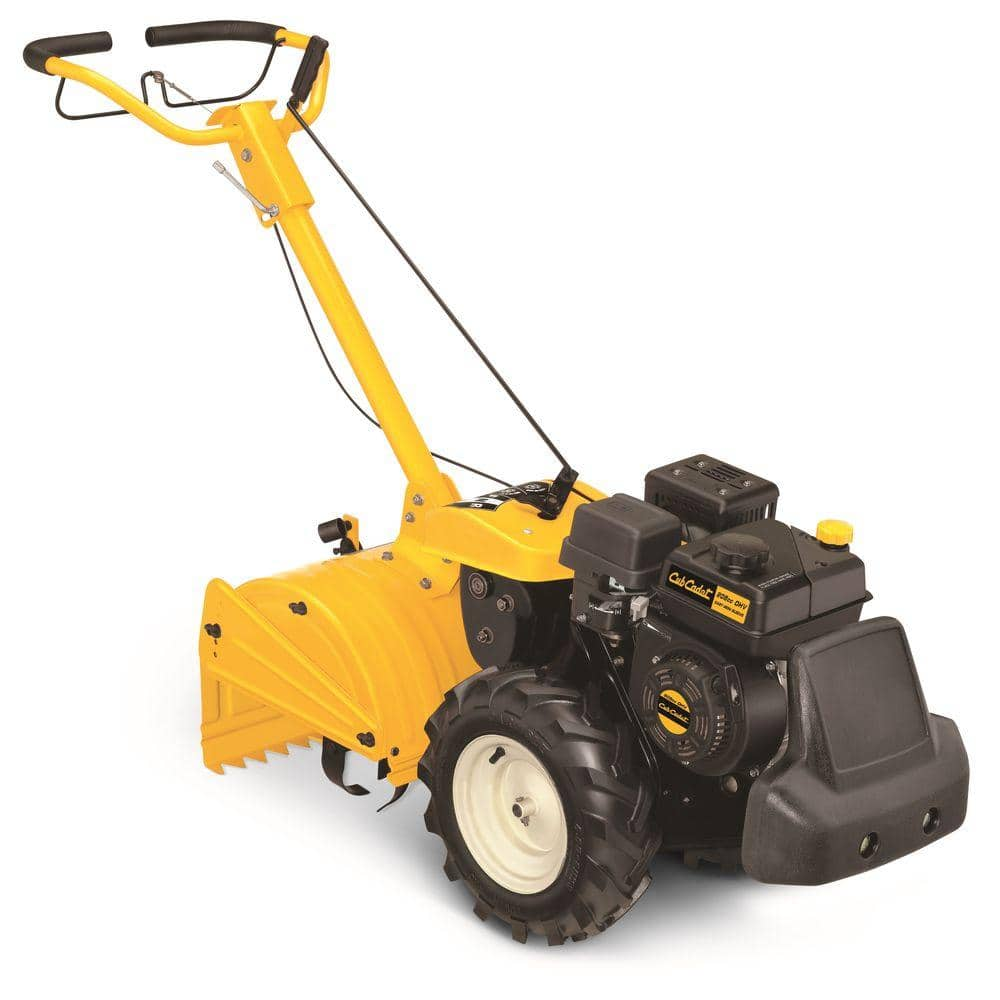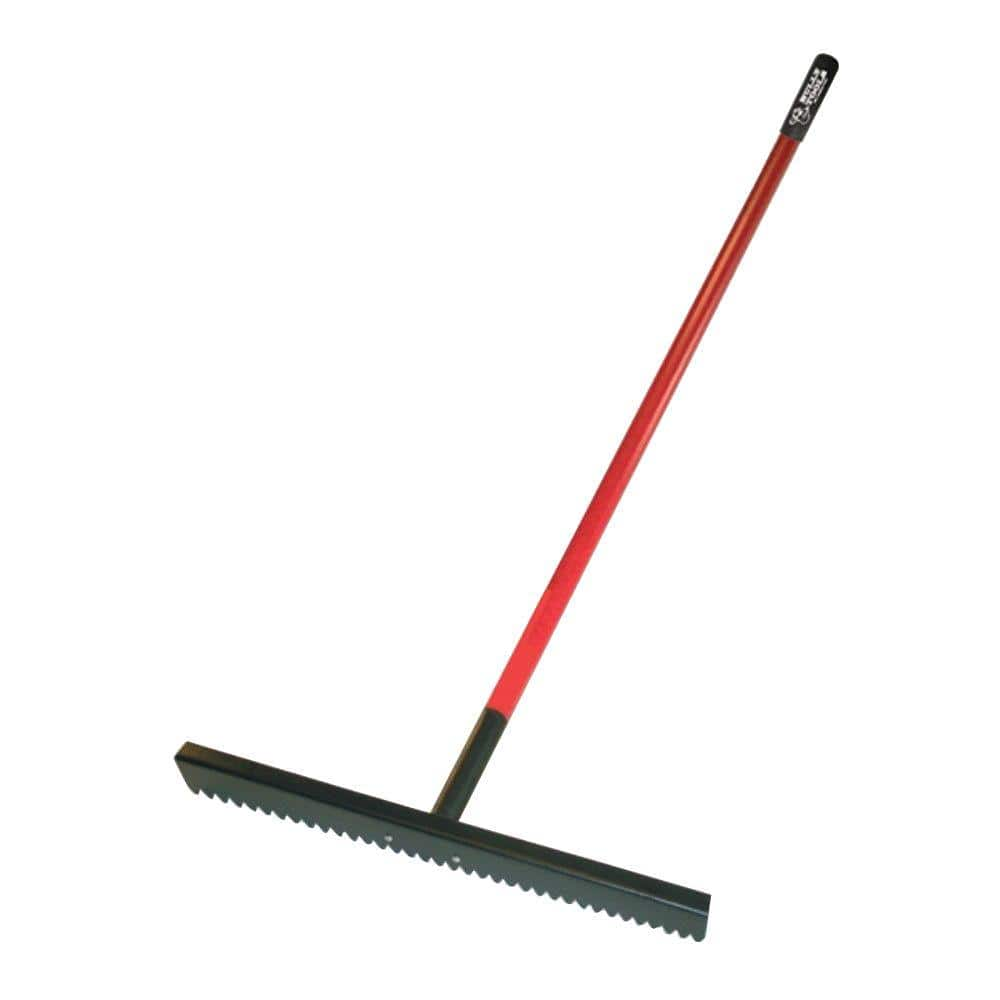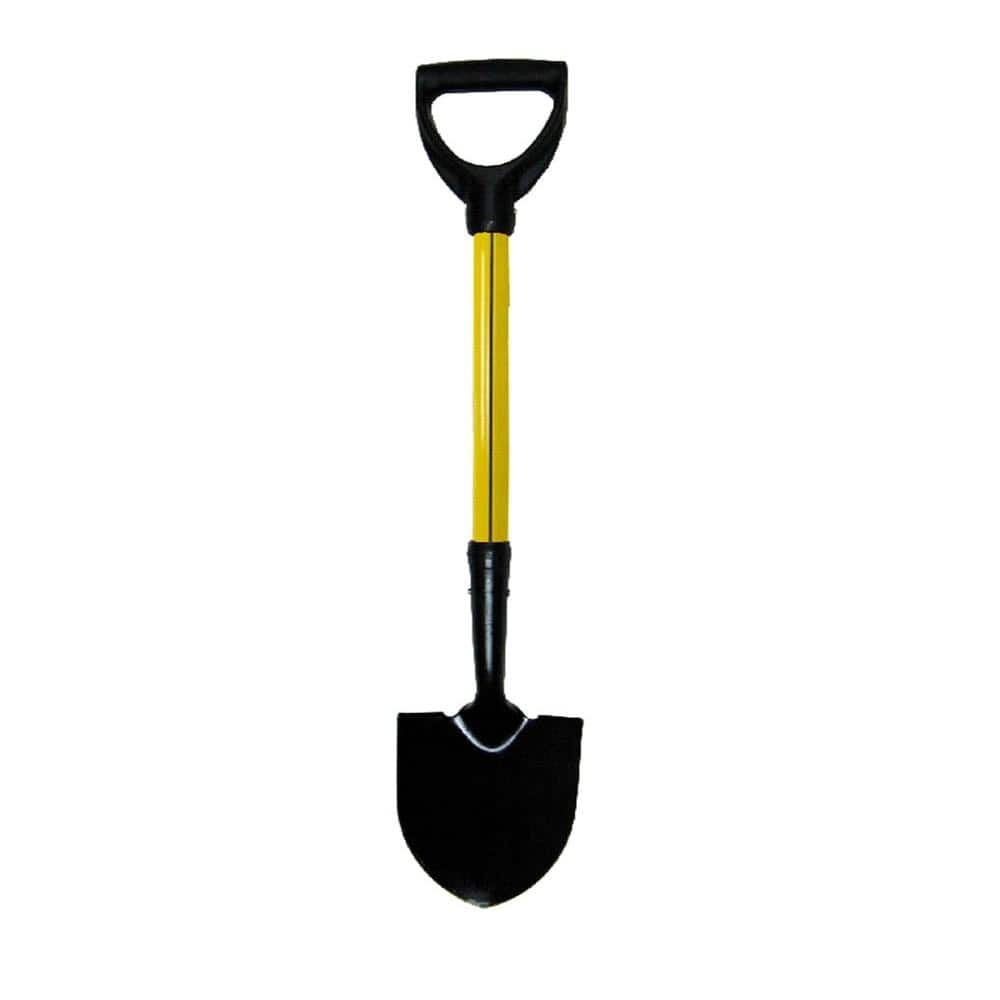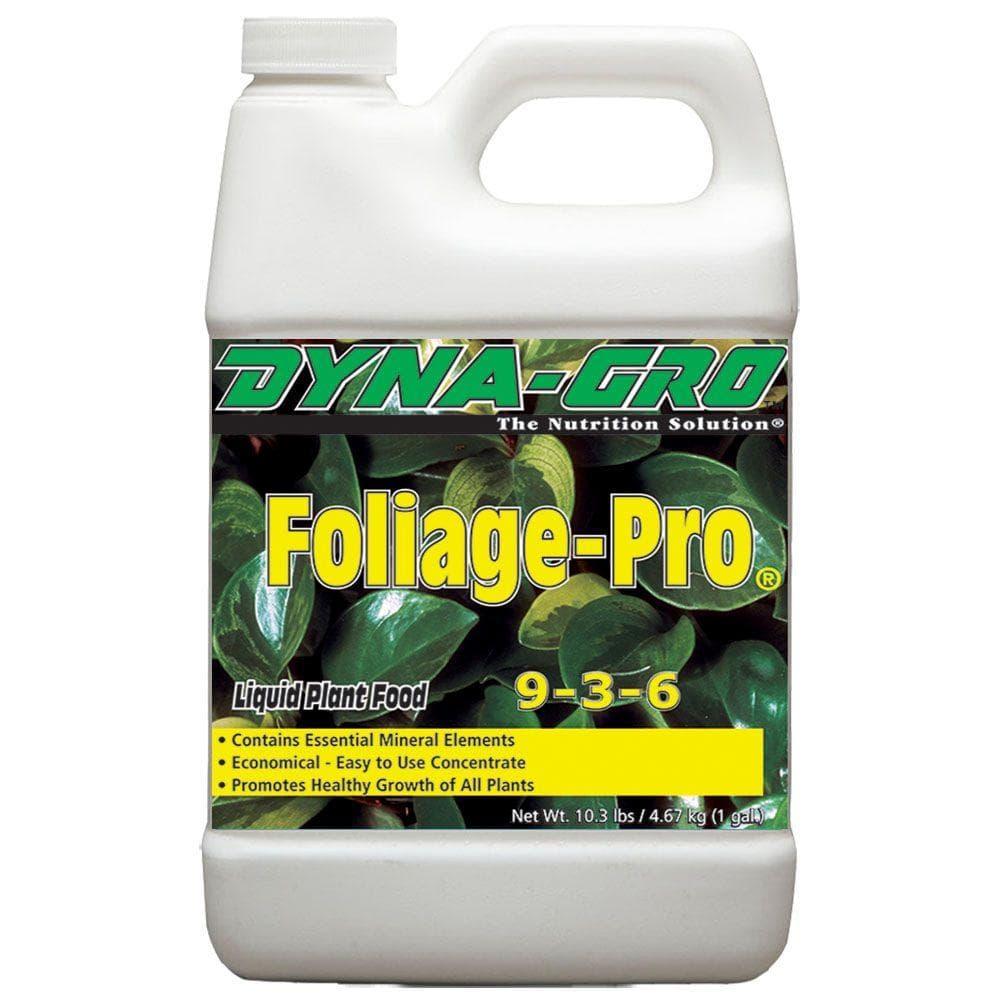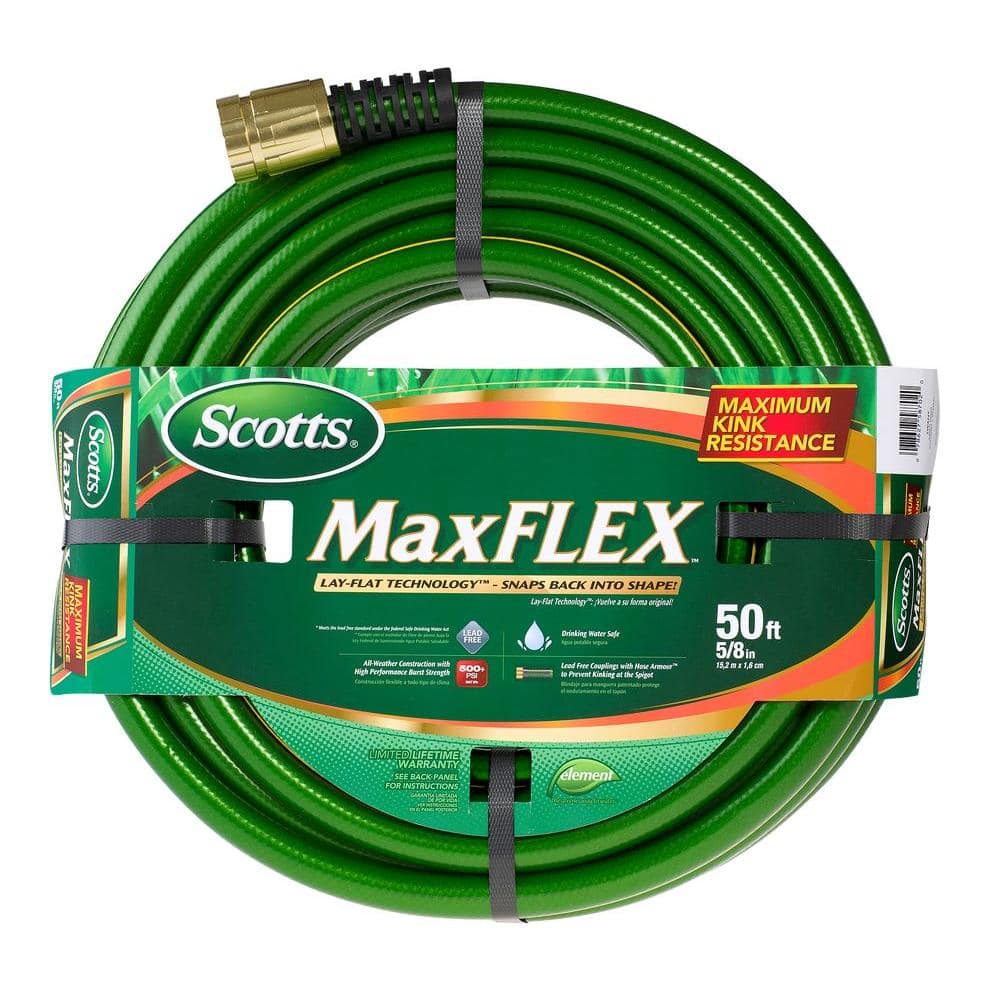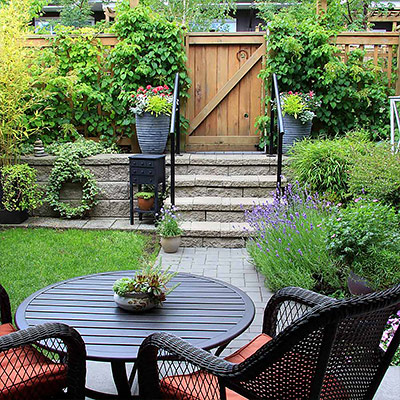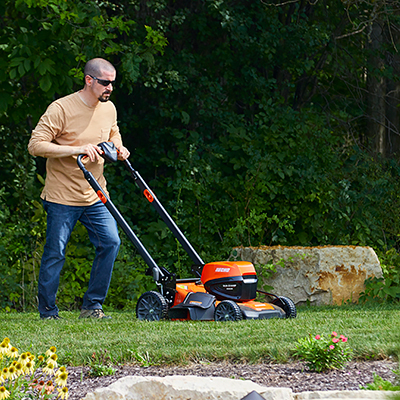Best Ground Cover for Slopes

Last updated March 26, 2025
When you establish shrubs, ornamental grasses and perennials on a slope instead of a lawn, you eliminate the need to mow a steep, dangerous slope. Choose drought-resistant plants and your no-mow zone will turn into a no-water zone, too. This guide highlights how to covert steep inclines into colorful beds of perennials, groundcovers, shrubs and meadow grasses for a low-maintenance, erosion-preventing landscape.
Table of Contents
Plants That Grow Well on a Slope
Preparing a Slope for Planting
Avoid Invasive Plants
Perennials to Plant on Slopes for Height
Low-Growing Perennials to Plant on Slopes
Add Ferns to a Sloped Bed
Plants That Grow Well on a Slope

Before you select your plants, know the light of your site:
- Full sun means six or more hours of direct sunlight each day.
- Partial sun is between four and six hours a day.
- Partial shade is two to four hours of sun per day.
- Shade is two hours or less sunlight each day.
Read plant tags and online recommendations as you plan your planting. The plants below can be used as ground covers on slopes:
- Agapanthus
- Asiatic jasmine
- Catmint
- Cotoneaster
- Creeping Jenny
- Creeping phlox
- Creeping thyme
- Daylilies
- Ferns
- Hostas
- Ice plant
- Junipers like Blue Star
- Lambs ears
- Lily turf (liriope)
- Ornamental grasses
- Pachysandra
- Sedums, like Autumn Joy and Autumn Fire
- Stonecrop sedums
- Wintergreen
Preparing a Slope for Planting

Erosion and mowing are two challenges posed by slopes in your yard. Eliminate both by creating a new garden bed on your slope.
- To eliminate weeds, spray the area with a broad-spectrum herbicide. Follow label directions.
- Use a broadcast spreader to apply fertilizer.
- Spread compost roughly an inch thick to help soil hold water and nutrients.
- Run a tiller over the ground to a depth of 4 to 6-inches or turn with a shovel.
- Rake the area smooth.
- Install low-maintenance plants.
- Spread hardwood bark mulch 2 inches thick around plants. Do not cover trunks or stems of plants with mulch or they may rot.
Install a soaker hose directly over the root ball of perennials and loop once around the base of each shrub to conserve water and time.
Avoid Invasive Plants

When looking for plants to control your slope, be careful of plants that propagate by suckers, stolons or rhizomes because these plants do their jobs too well. These vigorous growers can escape their borders and creep into neighboring beds or yards.
English ivy is a classic example of a plant that when used properly, either in a container, or a bed where it gets a routine trim, is well-behaved. But when it’s planted in a difficult to reach area, or allowed to spread, it can be invasive and challenging to rein in. Best advice is to research plants before installing in your no-mow zone.
Perennials to Plant on Slopes for Height

These perennials provide seasonal color and height to your sloped bed:
- African Lily is an evergreen perennial that provides winter interest and mid to late-summer blooms. It’s very drought tolerant, likes full sun and grows up to 20 inches tall.
- Autumn fire stonecrop is a full-sun, drought-tolerant succulent. It grows from 2 to 3 feet tall with showy blossoms on green foliage.
- Catmint thrives in poor soils and is drought-tolerant. It prefers full and partial sun and grows up to 12 inches tall with a spread to 36 inches. It has showy blossoms in the late summer and fall.
- Daylilies are low maintenance, drought tolerant and full sun perennials. Their foliage grows from 12 to 18 inches tall with flower scapes that reach up to 6 feet tall.
- Hostas are drought tolerant and grow in full shade to full sun. With 3000+ varieties, there is one for any growing condition.
- Lambs ears are drought-tolerant and provide year-round interest with silver, velvety leaves. They grow between 6 inches to 2 feet tall with a 1- to 3-foot spread.
Low-Growing Perennials to Plant on Slopes

Try these low-growing perennials for ground cover or between stones:
- Asiatic jasmine prefers full and partial sun and can tolerate acidic soil. It has spring and summer blooms and a 6- to 10- foot spread. Dry conditions reduce blooms.
- Creeping phlox prefers part shade and has colorful blooms in the spring. It grows 4 to 6 inches high with a 2-foot spread.
- Creeping thyme enjoys full sun and slightly alkaline soil. It grows 2 to 6 inches tall and has a 6-to 18-inch spread.
- Ice plants like sunny but sheltered conditions. They grow in sandy rocky soil but will not tolerate dense clay. The leaves are plump like succulents and they’re drought tolerant. They grow 3 to 6 inches tall with a 12- to 24-inch spread.
- Roman chamomile is considered a non-flowering evergreen that enjoys full sun and partial shade. It’s drought tolerant, wide-spreading, low maintenance and grows 3 to 6 inches tall.
Add Ferns to a Sloped Bed

Ferns build, stabilize and retain soil. The Christmas fern is one of the best-known, but almost any variety will make an excellent addition to your sloped garden. Here is a list of slope-suited ferns:
- Christmas ferns are evergreen reaching 1 to 2 feet in height and spread. They enjoy shade to partial sun and any soil. They’re drought tolerant.
- Maidenhair ferns enjoy partial to full shade and moist soil. They grow 1 to 3 feet in height and spread. Avoid placing them in the hot afternoon sun or waterlogged sites. They're great for rock faces and have bright green leaves with dark purple veins.
- Fragile ferns provide vibrant green interest and secure the soil during the heavy rains of late spring. They die down in the summer.
- Cinnamon ferns prefer partial shade but can grow in full sun if they’re standing in water. They grow 2 to 5 feet tall with a 2- to 3-foot spread.
Evergreen and Semi-Evergreen Shrubs for a Slope

These shrubs are well-suited for sloped garden beds:
- Junipers like Blue Star are drought tolerant once established. They like full sun but aren't great in hot and humid conditions. They grow 2 to 3 feet tall and 3 to 5 feet wide.
- Wintergreen is an evergreen that enjoys partial shade and well-drained, acidic and moist soil. It produces red berries and green leaves that turn reddish bronze in winter months. It’s slow growing with a final spread of up to 3 feet.
Ornamental Grasses for Sloped Beds

Grasses can add movement to your slope garden. Many are drought tolerant. Here is a list of showy grasses:
- Little bluestem grass grows 2 to 4 feet tall with a 1- to 2-foot spread. It’s drought tolerant, enjoys the full sun and tolerates rocky soil. It’s blue-green in the spring with reddish-tan foliage in the late summer and fall.
- Pink muhly grass enjoys moist but well-drained soil and full sun. It has green foliage that grows pink flowers in the late summer and fall. It grows up to 3 feet tall with a 3-foot spread.
- Feather reed grass is fast growing with tall feathery plumes. It prefers full and partial sun and moist, well-drained soil. It’s drought tolerant and grows 3 to 6 feet tall with a 1- to 2-foot spread.
- Switchgrass has green foliage with yellow-golden flowers in the fall. It grows 3 to 6 feet tall with a 2- to 3-foot spread. It can tolerate a variety of harsh conditions but prefers moist, well-drained soil.
Whether you need the right plants, tools or potting soil, The Home Depot delivers online orders when and where you need them. You can also shop The Home Depot Mobile App for trends and garden supplies to help you make the most of your DIY project.






